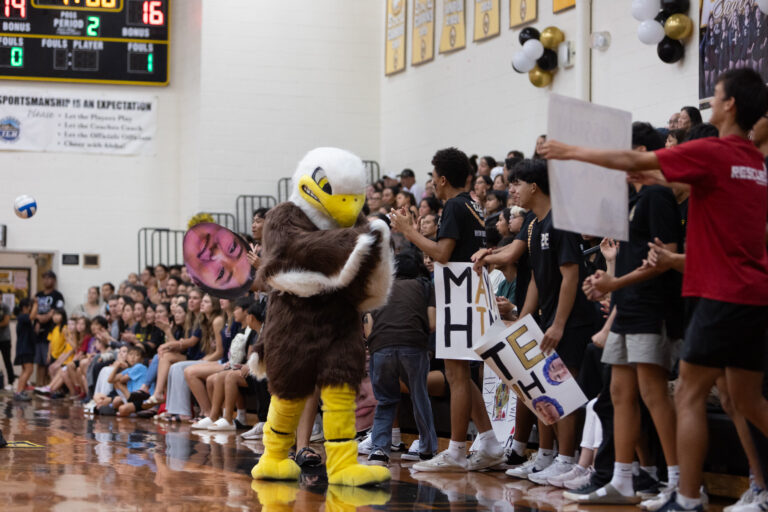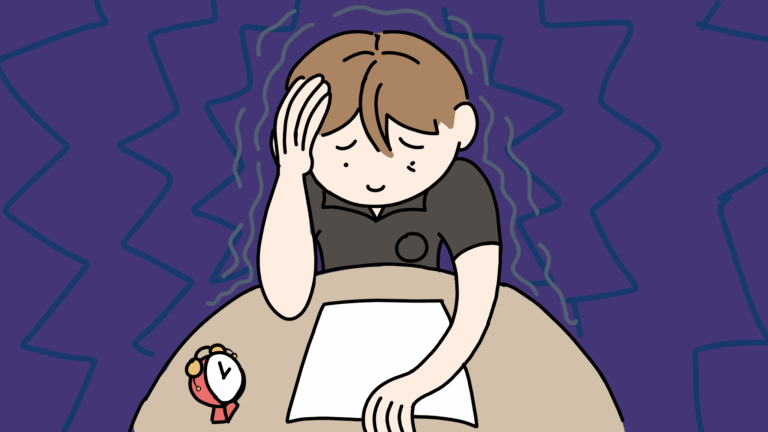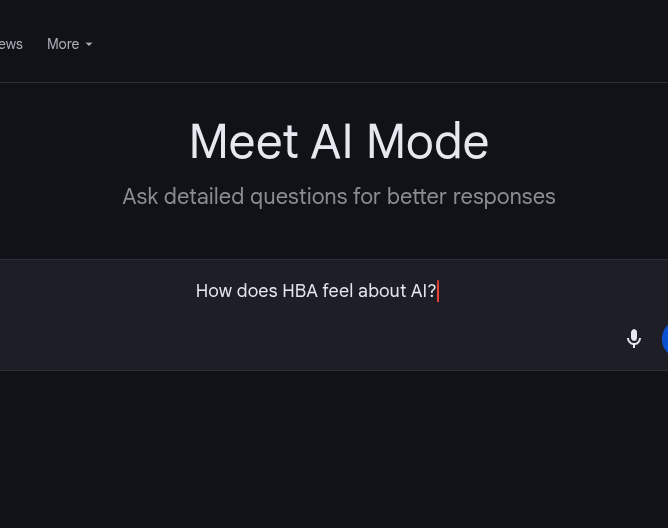A masterpiece of a musical, Disney’s animated epic Moana is the must-see movie of the year, particularly with Hawaii’s special connection to the film.
Upon first glance, Moana is yet another installment in the long legacy of sweet (and highly merchandisable) animated Disney princess movies that includes the likes of Sleeping Beauty, Cinderella, and the monumental Frozen. Directed by Ron Clements and John Musker, whose credits boast classics such as The Little Mermaid and Aladdin, Moana’s visually stunning Pacific island scenery and beautifully crafted characters make it a worthy honoree in Disney’s animated hall of fame. However, it is the movie’s superb use of its unique setting to create a compelling story and brilliant music that really sets it apart from any other Disney movie.
The film begins with Dwayne “the Rock” Johnson’s Maui, a lonely soul who lives his life longing to be accepted by humanity. In order to find acceptance, Maui adventures to aid humanity by stealing the Heart of Te Fiki, a magical stone with the power to create life. However, he is attacked by a gigantic lava demon, and loses both the Heart and the source of his own power: a magical hook. The movie fast forwards to a thousand years in the future to Moana’s (voiced by Kamehameha Schools Junior Auli’i Cravalho) fictional Polynesian island home of Motunui, where Moana’s father is the chief. Following Disney tradition, love plays a large role in the story. However, instead of a Prince, Beast, or street urchin, Moana falls in love with the vast ocean, and longs to sail past the reef and explore the world beyond it. But she is forbidden to leave the island by her isolationist father, who believes that the only way to keep his people safe is to stay put and farm the coconuts.
However, problems begin to emerge, revealing that their island is dying due to the absence of the Heart. Spurred on by her grandma and accompanied by a dimwitted chicken name Hei Hei (voiced by Alan Tudyk), she sets sail to find Maui and force him to restore the Heart of Te Fiki back to its rightful place. Along her journey, she learns ancient Polynesian wayfinding techniques, grapples with self doubt, and explores the depths of family, friendship, duty, and tradition.
Along her journey, Moana learns ancient Polynesian wayfinding techniques, grapples with self doubt, and explores the depths of family, friendship, duty, and tradition.
Yet the message extends past the story, for Disney makes an unspoken statement in this movie about body image as well. Moana is the culmination of a movement that has grown over the past twelve Disney princess films: a conscientious shunning of the idealized and unattainable female (and male) body in favor of a realistic body shape, one that doesn’t look like it will be blown away in a breeze.
However, the real show stealer in Moana is the music. A major point of attraction for many moviegoers is that Lin Manuel Miranda, creator of the insanely popular musical Hamilton, was on board to write original music for the movie, and he did not disappoint. Combined with music and chants in Tokelauan (a language related to Samoan) written by Opetaia Foa’i, the lead singer of South Pacific fusion band Te Vaka, the overall result is spectacular. Songs such as “Where You Are” and “We Know the Way” exhibits Native Pacific Islander culture and way of life in a deeper way than any Disney princess movie has before, while Moana’s equivalent of Frozen’s “Let it Go”, titled “How Far I’ll Go”, will be sure to stick in the minds of every child who watches the movie (and subsequently their parents’). Meanwhile, the catchy lyrics and Johnson’s surprising singing voice featured in the song “You’re Welcome” skillfully displays the importance and vastness of the mythology that surrounds the character of Maui.
Rarely has there been a film with such a winning combination as this: amazing music, striking story, and a clever premise. Moana warrants not just one but repeated viewings for all those living in the Aloha state.







